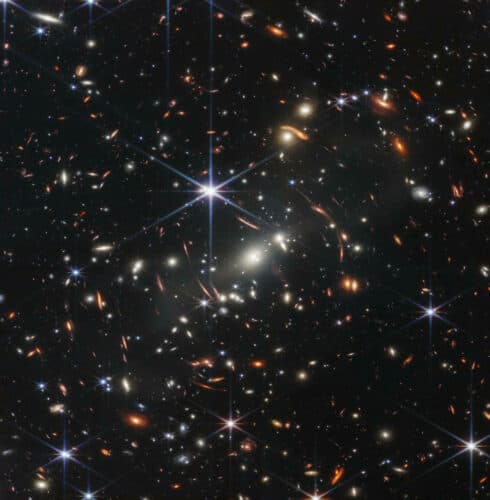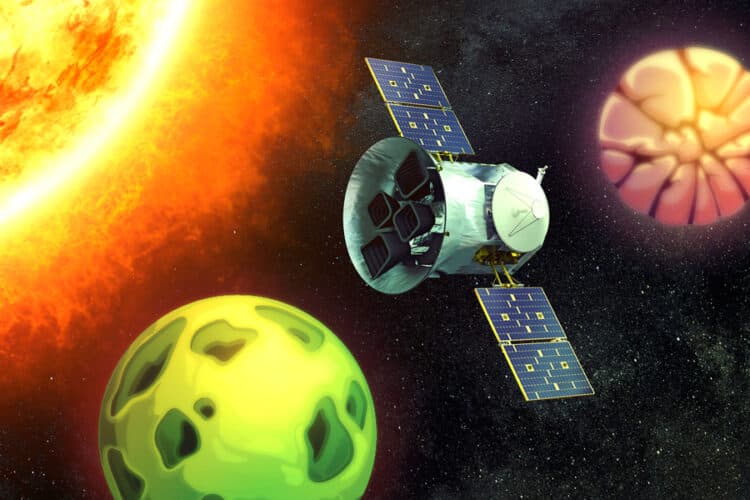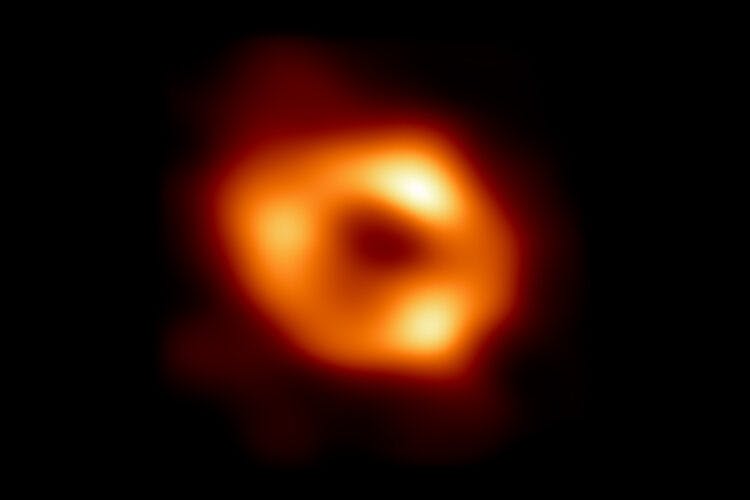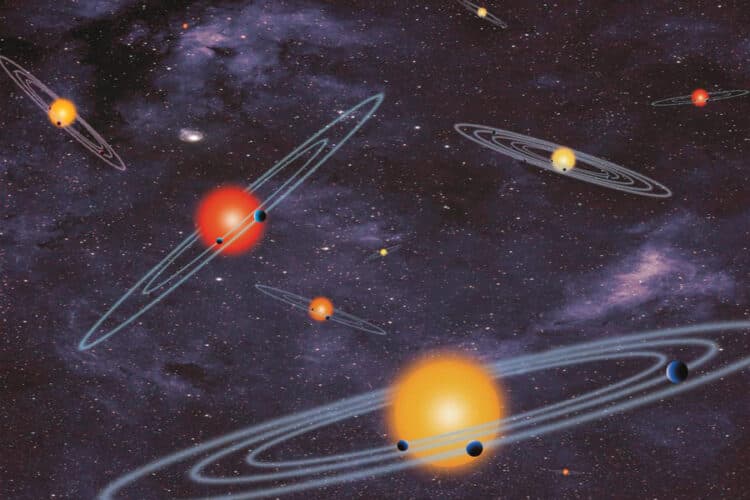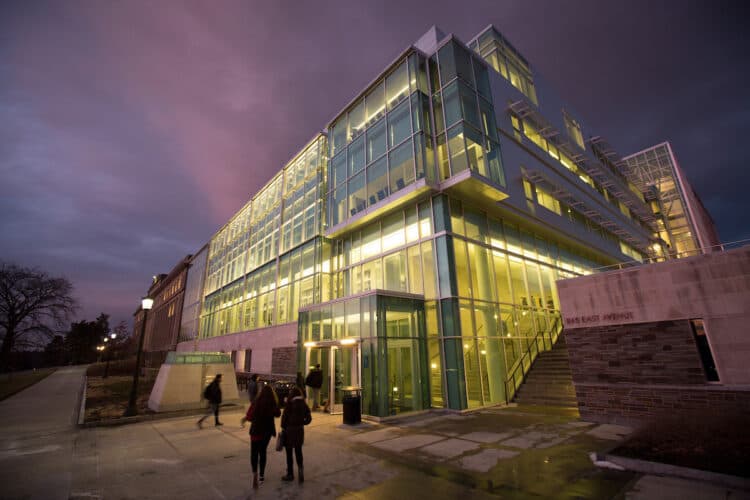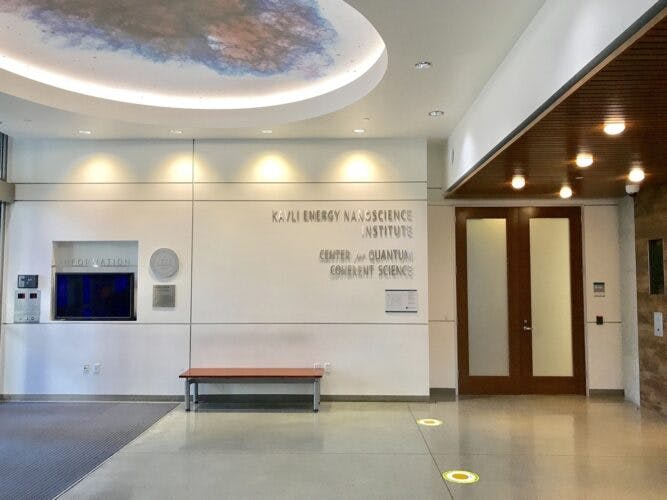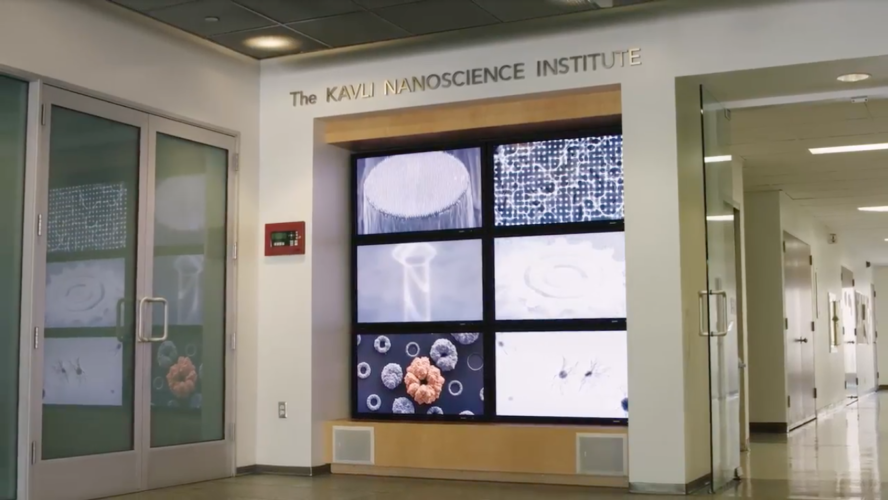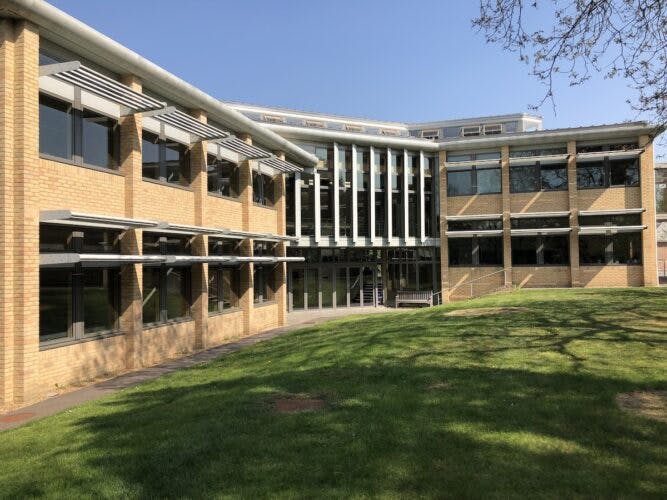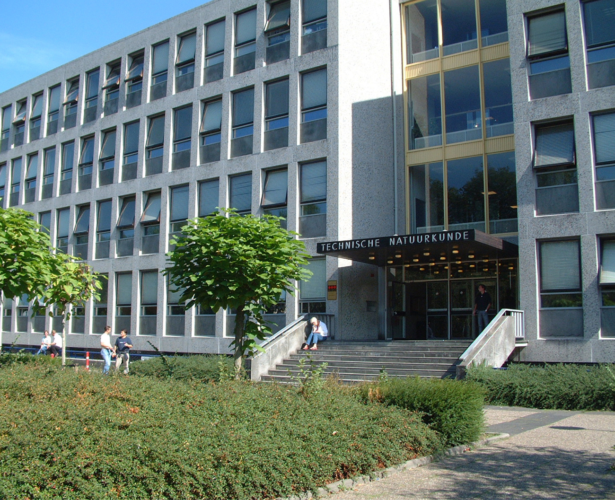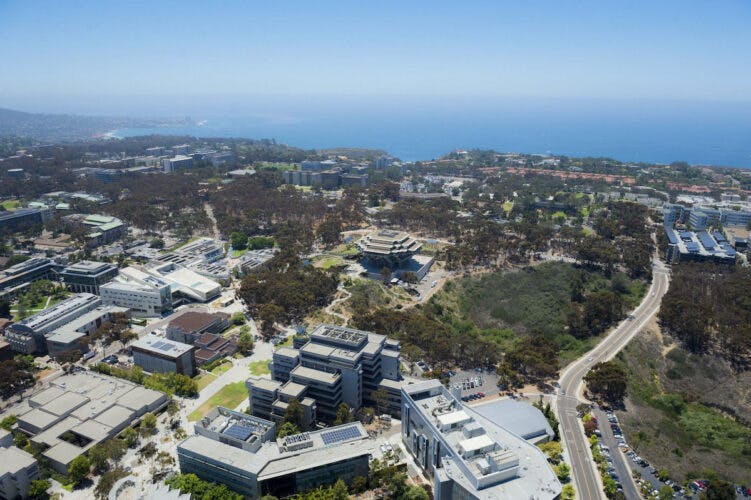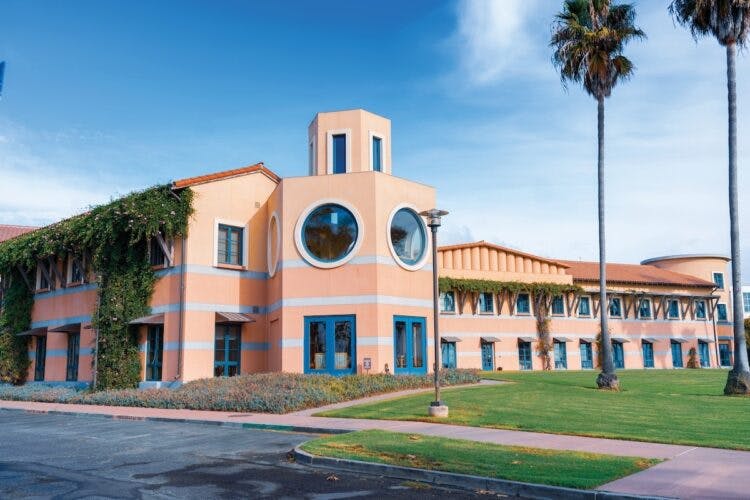
Massachusetts Institute of TechnologyKavli Institute for Astrophysics and Space Research
Exploring the universe with satellites, earth-based observatories and laboratory experiments
The MIT Kavli Institute for Astrophysics and Space Research (MKI) got its start in 1965 as the MIT Center for Space Research and joined the Kavli family in 2004. It engages in a mix of longstanding research activities, such as satellite-based X-ray astronomy, and newer projects including the search for dark matter and the study of distant planets.
Leadership
AREAS OF INQUIRY
- DETECTION OF DARK MATTER: Data from the Big Bang and observation of vast structures such as galaxy clusters indicate that most of the mass in the universe exists in a form that cannot be seen or measured like ordinary matter. MKI scientists are developing new methods to detect this “dark matter,” including a gas-based technology that may show not only the presence of dark-matter particles but the direction that they travel.
- OBSERVING EXTRA-SOLAR PLANETS: MKI is a leader in the study of planets outside our Solar System, one of the booming fields in astronomy. Through TESS (Transiting Exoplanet Survey Satellite), MKI has discovered more than a thousand exoplanets, with more to come.
- STUDYING THE “DARK AGES” OF THE UNIVERSE: MKI is engaged in space- and earth-based projects to study the universe as it was just before the first stars and galaxies appeared. Neutral hydrogen present at the time produced radio waves that are arriving billions of years later on a frequency just above the FM radio band. Kavli researchers are building an array of receivers in Western Australia – far from interfering radio broadcasts – to pick up those signals and observe the universe just before its first light.
- GRAVITATIONAL ASTROPHYSICS: When black holes collide or supernovas collapse, these violent events send out ripples in space-time. These gravity waves are predicted by Einstein’s General Theory of Relativity, but only now are researchers developing tools sensitive enough to detect them. MIT and now MKI have played a key role in building facilities such as LIGO, the Laser Interferometer Gravitational Wave Observatory. With LIGO, Kavli scientists have seen an explosion of new knowledge about the nature of gravity and the dynamics of the cosmos.
The Planet Hunter
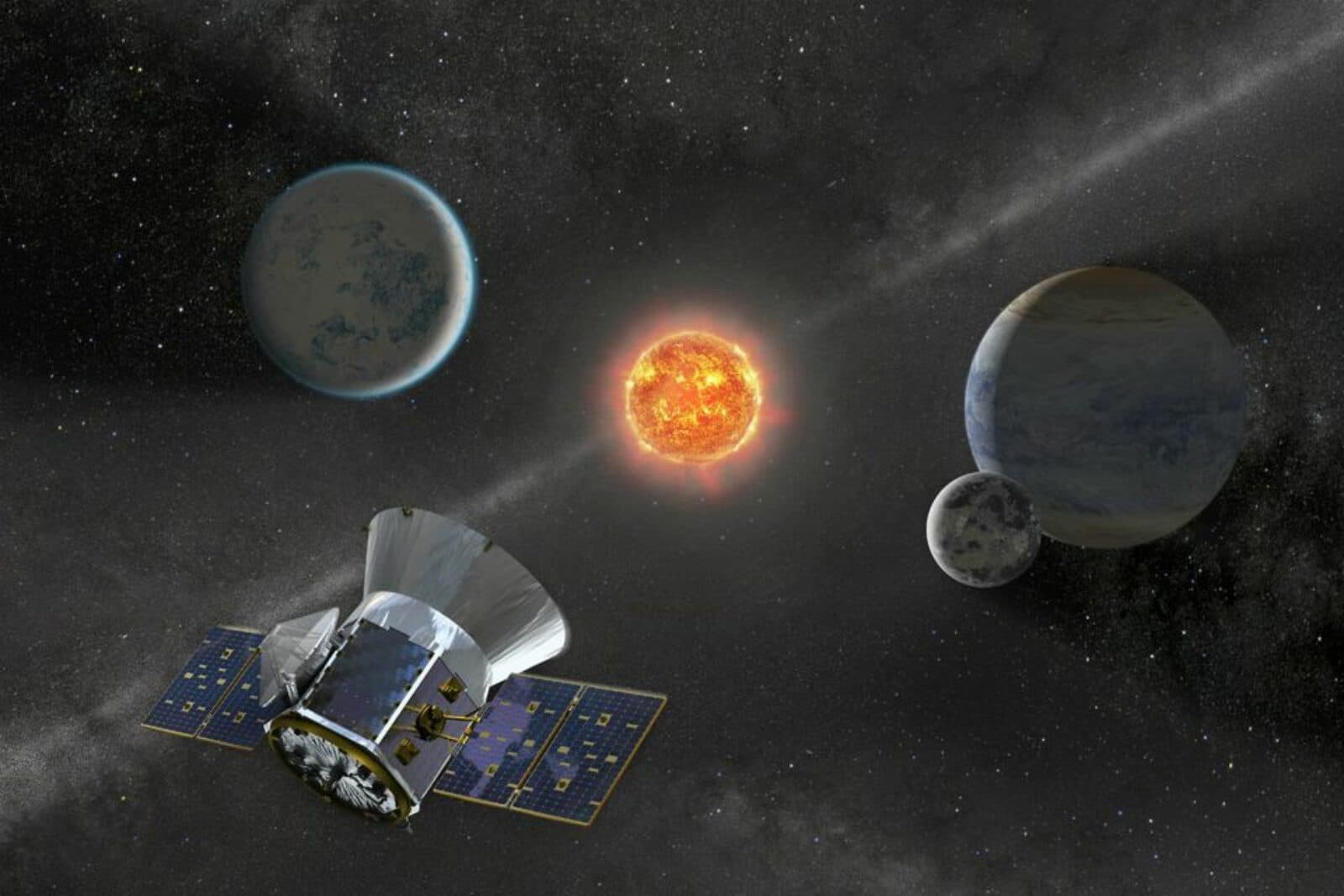
Astrophysics Research Highlights
Kavli astrophysics institutes researchers react to the first images from the long-heralded James Webb Space Telescope
Aug 05, 2022
Astrophysics Research Highlights
Unimaginably large realms we will never physically travel are the domain of much of the science of astrophysics
Jul 15, 2022
Astrophysics Research Highlights
How the first-ever image of the monster black hole lurking in the heart of the Milky Way dispels any lingering uncertainty about the previously unseen object's nature
Jun 09, 2022
Astrophysics Research Highlights
Kavli institute-affiliated astrophysicists and engineers have a hand—many hands—in ushering in next-generation means of studying the universe
May 01, 2022
Astrophysics Research Highlights
A fascinating observation of a tiny star hurling out a beam four trillion times its size offers an intriguing glimpse into the range of distances astrophysicists deal with
Apr 05, 2022
More Institutes
At Kavli Institutes around the world, scientists explore the frontiers of science in the fields of astrophysics, nanoscience, neuroscience and theoretical physics.
Astrophysics
Peking University-Beijing
Neuroscience
Johns Hopkins University
Cornell University
Nanoscience
University of California, Berkeley
Neuroscience
University of California, San Francisco
Nanoscience
California Institute of Technology
Neuroscience
Norwegian University of Science and Technology
Theoretical Physics
University of Chinese Academy of Sciences
Nanoscience
University of Oxford
Stanford University
Neuroscience
Yale University
Neuroscience
Columbia University
University of Tokyo
Astrophysics
University of Chicago
Astrophysics
University of Cambridge
Neuroscience
Rockefeller University
Nanoscience
Delft University of Technology, Netherlands
Neuroscience
University of California, San Diego, and the Salk Institute for Biological Studies
Theoretical Physics
University of California, Santa Barbara


